Oil pressure plays a vital role in maintaining the health and performance of a vehicle’s engine. It ensures that engine components are properly lubricated, reducing friction and preventing wear.
But what is normal oil pressure, and why does it matter? Understanding the standard oil pressure range helps drivers identify potential issues early and avoid costly engine damage.
Whether you’re a car enthusiast or just looking to stay informed about vehicle maintenance, knowing what qualifies as “normal” can help you keep your engine running smoothly and efficiently.
In this article, we’ll break down what normal oil pressure means and what affects it.
Normal oil pressure is crucial for engine protection; stay within 20–65 PSI and address any deviations quickly through proper maintenance.
What Is the Oil Pressure?
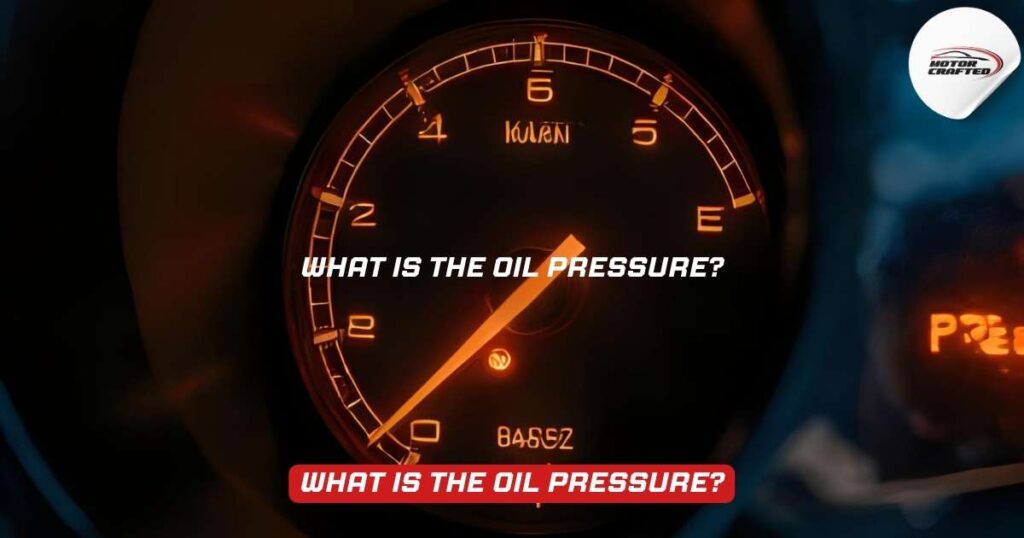
Oil pressure refers to the force at which engine oil circulates through the engine components.
It is generated by the oil pump and is essential for lubricating critical engine parts such as the camshaft, crankshaft, bearings, and valvetrain.
Without proper oil pressure, metal components can rub against each other, causing excessive heat, friction, and premature wear.
Oil pressure is typically measured in pounds per square inch (PSI) and is monitored via the oil pressure gauge on a vehicle’s dashboard.
The overall direct answer: Oil pressure is the force that keeps engine oil flowing efficiently to lubricate and protect engine components.
Factors Influencing Normal Oil Pressure
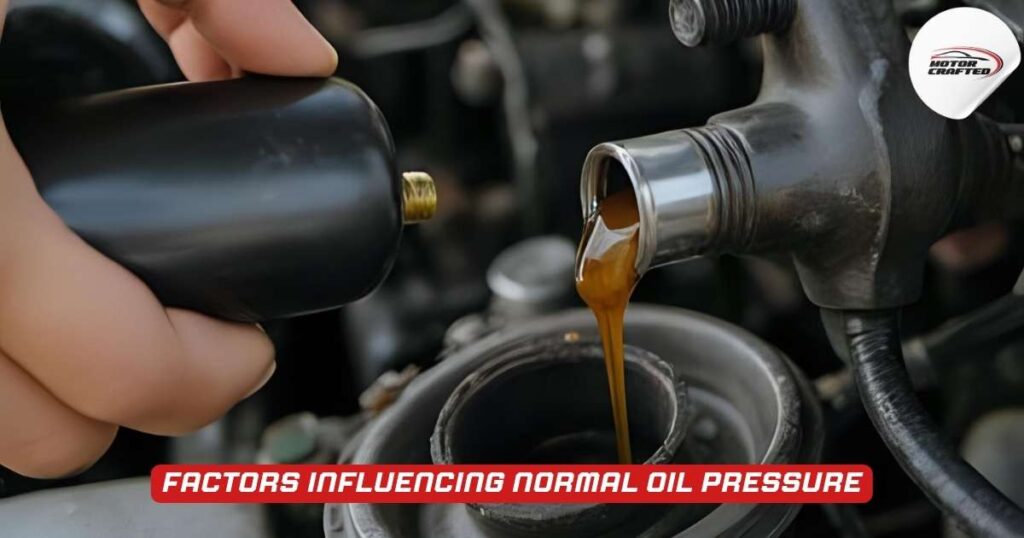
Several factors impact what is considered normal oil pressure in a vehicle. Engine temperature is one of the primary influencers; cold engines usually show higher oil pressure because the oil is thicker.
As the engine warms up, the oil thins, and pressure naturally drops to normal operating levels.
Other factors include:
- Oil viscosity: Using oil with incorrect viscosity (too thick or too thin) can skew pressure readings.
- Oil level: Low oil levels reduce the pump’s ability to generate pressure.
- Oil pump condition: A worn or failing oil pump may not maintain adequate pressure.
- Engine wear: Older engines with worn bearings often experience lower oil pressure.
- Filter clogging: A clogged oil filter restricts flow and increases pressure.
What Is the Normal Oil Pressure While Driving?
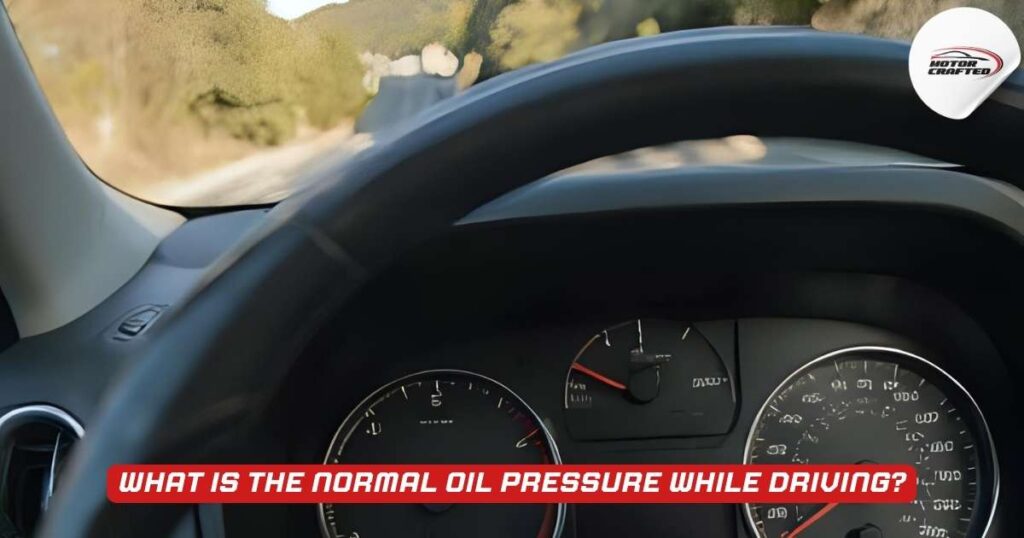
While driving, oil pressure will fluctuate depending on engine load and speed. For most modern vehicles:
- At idle: 20–30 PSI is common.
- At cruising speed: 40–65 PSI is generally considered normal.
- Under high RPMs or heavy load: it may briefly spike but should remain within safe range (up to 70–80 PSI for some cars).
It’s important to monitor your dashboard gauge and be aware of any sudden drops or spikes in oil pressure, which could signal underlying issues.
Driving conditions that can affect oil pressure include:
- Long uphill drives or towing, which increase engine strain.
- Stop-and-go traffic in hot weather.
- Cold starts in winter, which may temporarily show high pressure.
What Should Oil Pressure Be?
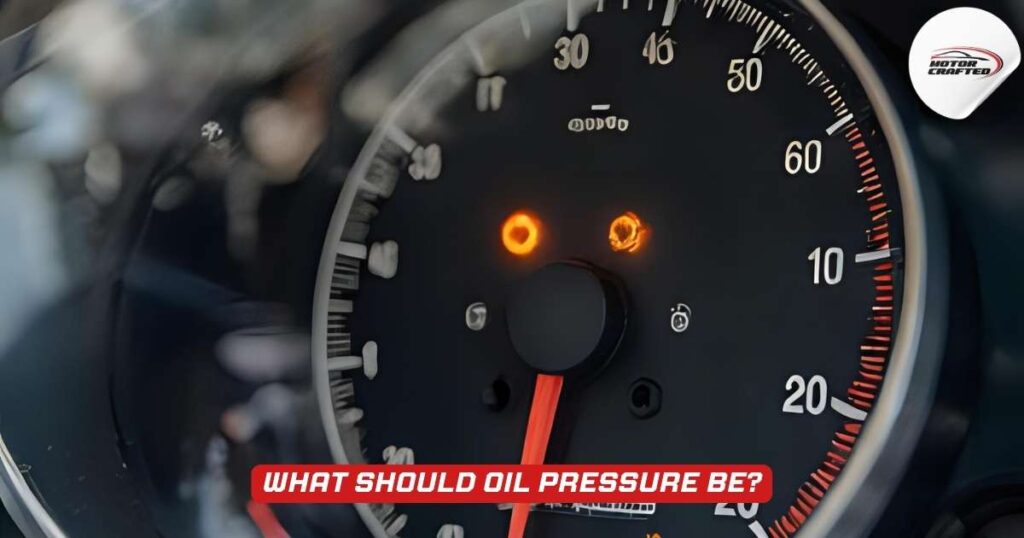
Oil pressure should align with your vehicle’s manufacturer specifications, which can usually be found in the owner’s manual. General guidelines include:
- Idle: around 20–30 PSI
- Normal driving: between 40–65 PSI
- High RPMs: up to 70–80 PSI, depending on the engine
Keep in mind:
- Consistency is key. Even if your oil pressure is within range, erratic fluctuations can signal trouble.
- Digital sensors and gauges offer more precise readings than older analog versions.
Regular oil changes and using manufacturer-recommended oil grades help maintain proper pressure. Neglecting these can lead to inconsistent or unsafe oil pressure.
What Is High Oil Pressure?
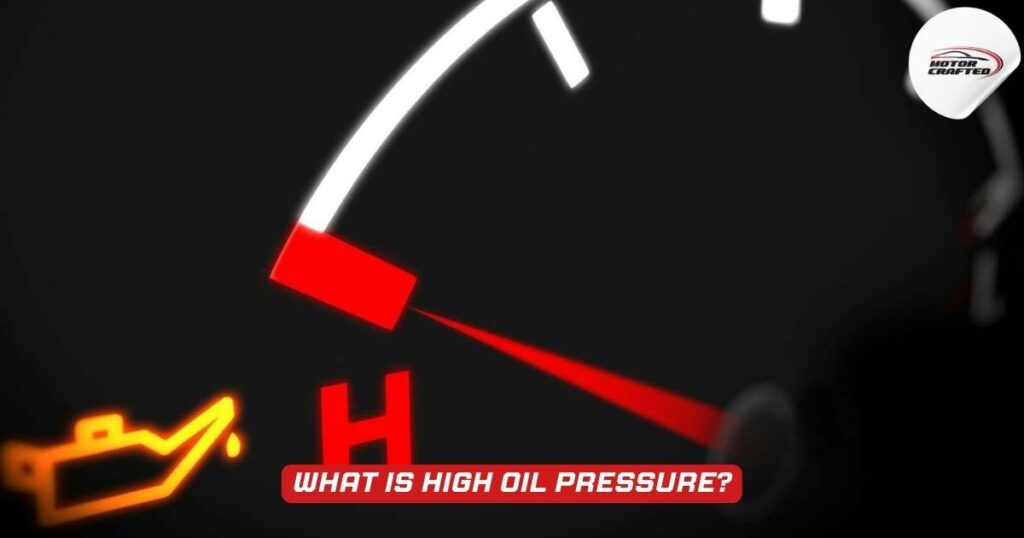
High oil pressure means oil is flowing too forcefully through the engine, which can lead to damage. Common causes include:
- Oil that’s too thick (high viscosity)
- Blocked oil passages or filters
- A faulty pressure relief valve
- Cold starts, especially with thick oil
Prolonged high oil pressure can lead to:
- Seal and gasket damage
- Reduced oil flow to key parts (ironically, due to increased resistance)
- Sensor or gauge failure giving false readings
It’s crucial to identify the root cause and correct it quickly.
What Is Low Oil Pressure?
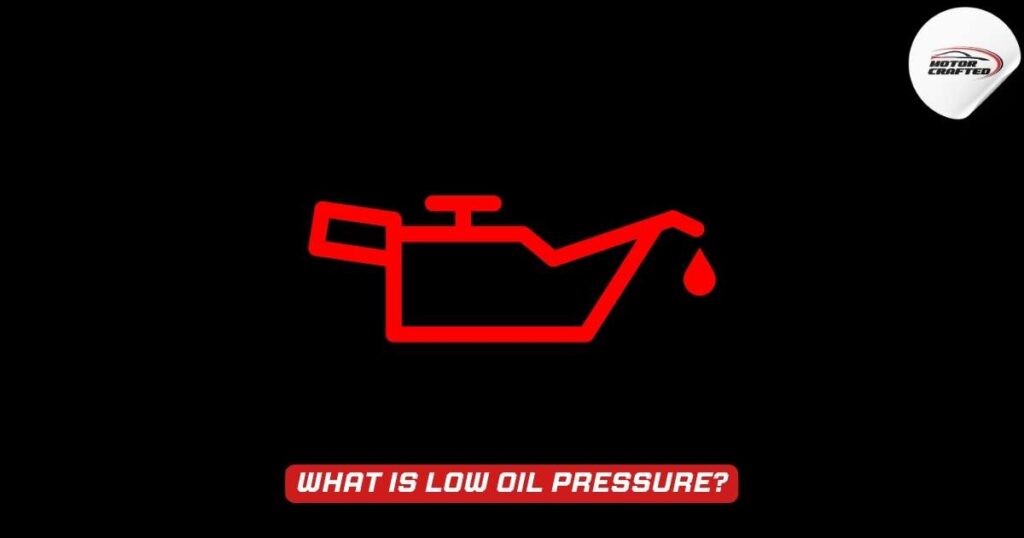
Low oil pressure occurs when the oil isn’t circulating adequately, risking poor lubrication and engine damage. Causes include:
- Low oil level or oil leaks
- Worn bearings or internal engine wear
- Failing oil pump
- Using oil that’s too thin (low viscosity)
- Clogged oil filter or passageways
If the oil pressure warning light appears, stop driving immediately and check oil levels. Continued driving under low pressure can lead to engine seizure.
Common symptoms include:
- Knocking noises from the engine
- Overheating
- Loss of engine power
How to Solve Low and High Oil Pressure
To resolve low oil pressure:
- Check oil level and top up if necessary.
- Switch to the recommended oil viscosity.
- Inspect for oil leaks or faulty oil pump.
- Replace clogged filters.
- Service worn engine components if necessary.
To resolve high oil pressure:
- Use the manufacturer-recommended oil.
- Inspect and clean oil passages.
- Replace faulty pressure relief valve.
- Avoid over-revving a cold engine.
Regular maintenance and timely oil changes are the best way to avoid both high and low oil pressure problems.
Conclusion
Understanding what normal oil pressure is and recognizing the signs of abnormal pressure can save your engine from serious damage.
Maintaining the right oil viscosity, ensuring adequate oil levels, and regularly servicing your vehicle all contribute to optimal engine health.
Whether it’s high or low oil pressure, the key is prompt diagnosis and action.


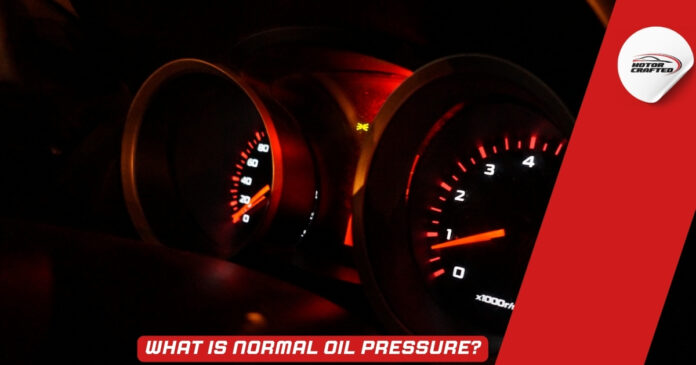
![How To Learn About Cars [2025 Guide] How To Learn About Cars](https://motorcrafted.com/wp-content/uploads/2025/07/How-To-Learn-About-Cars-100x70.jpg)

